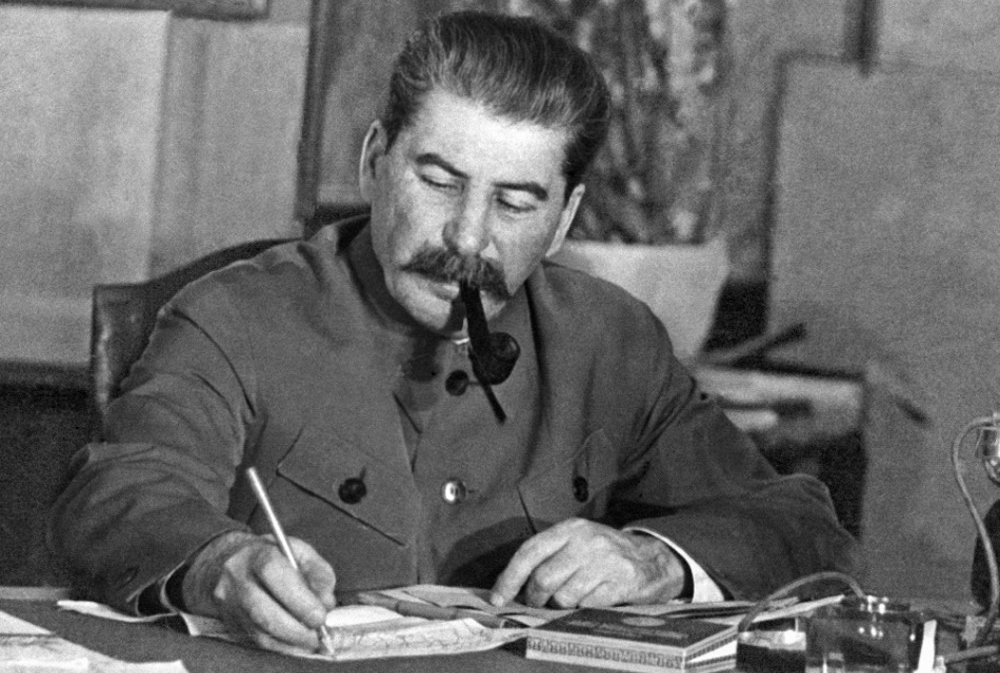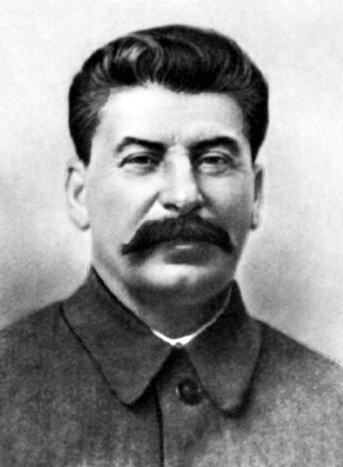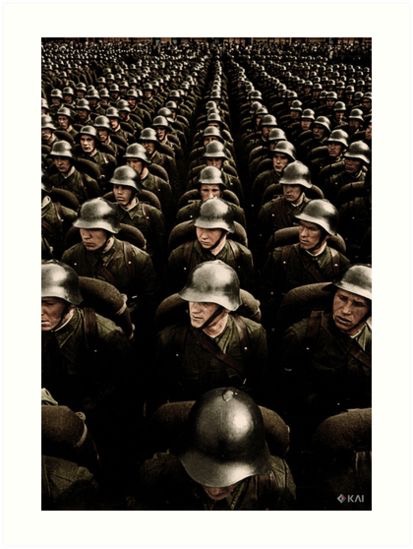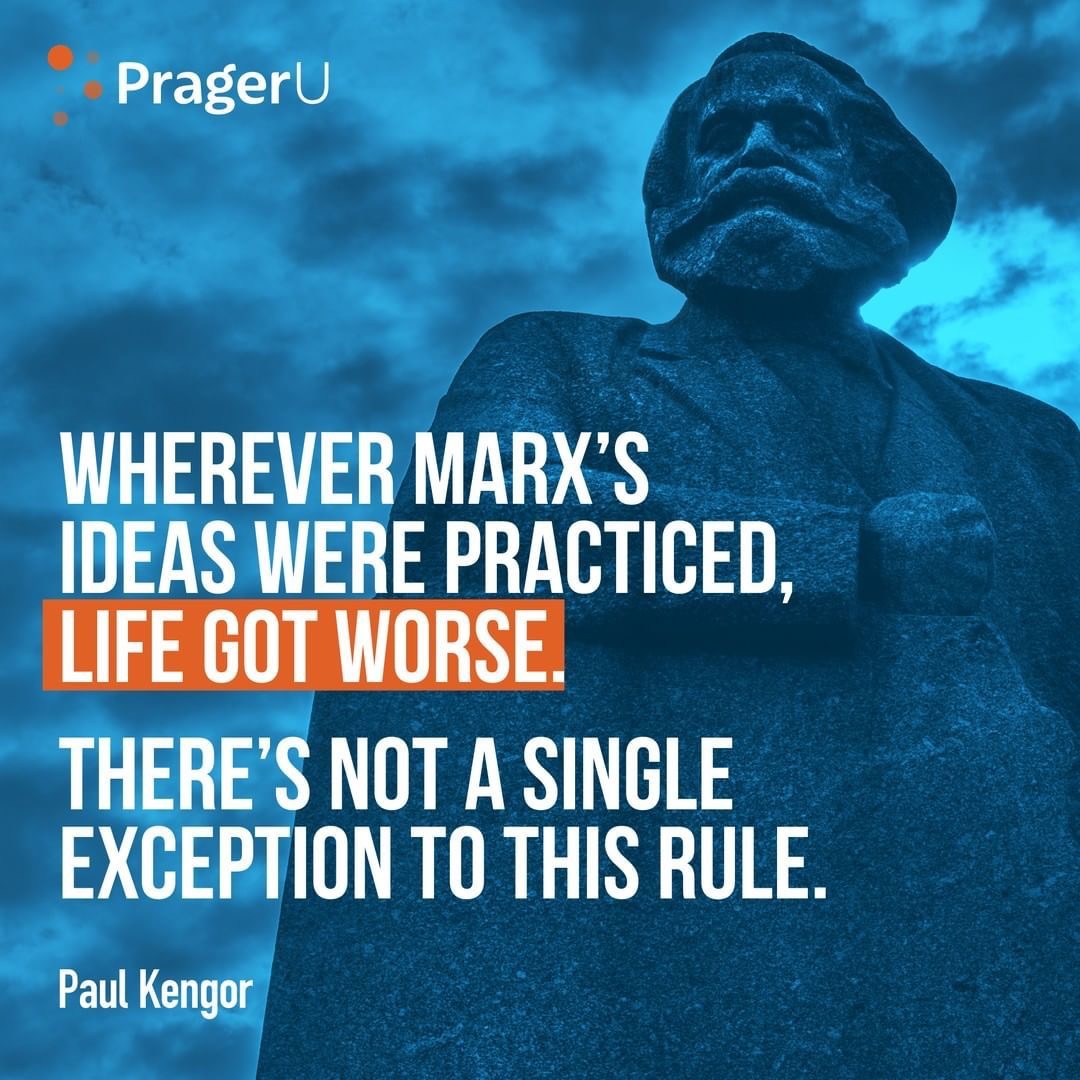
Like Adolf Hitler (probably even more so), Joseph Stalin paid a lot of attention to carefully crafting, building and maintaining the most appropriate (and efficient) image of The Leader.
However, Stalin’s capabilities for achieving this objective were far superior to the ones of Der Führer – Gestapo was no match for GPU-NKVD-GUGB-MGB and Reich Ministry of Propaganda to Soviet Agitprop.
Consequently, while we know… well, not really much about Hitler’s childhood and especially youth, about Stalin’s childhood and youth we know preciously little. And what we know (or we think we know) is highly suspect. For starters, we even do not know the exact date of his birth…
No wonder – Stalin had about twice as much time as Adolf Hitler (and far superior resources) to destroy documents that contained “undesirable” information and even to forge those that supported the official image of the Owner of the Soviet Union (an unofficial but very common title of Joseph Stalin).
However, we do know for sure (as it has been proven beyond the reasonable doubt by his adult life) that young Stalin was a highly gifted student who excelled academically both at secondary school and at Tiflis Orthodox Seminary.
And a voracious reader not only in his native Georgian and de-facto native Russian (education in school and seminary were in Russian only), but in German, French, Greek and Latin – compulsory subjects in the seminary. Contrary to a popular misconception, Stalin from his youth was fluent in these languages – and subsequently probably in English as well.
Stalin was one of the most (if not the most) knowledge-hungry political leaders and statesmen in the whole world. His personal library contained about 40 000 (!!) books and was… well, used extensively.
Most likely, Stalin developed and used his own unique speed reading system because he claimed that he read about 500 pages a day and thus up to 1,000 books a year. Stalin was not known for outright lies in his private conversations so his claims were very probably true.
Russian Empire was one of the worst (if not the worst) country in Europe in terms of censorship. Given young Stalin’s hunger for knowledge, it is no surprise that almost as soon as he entered the seminary, he joined an underground “forbidden book club”.
Tiflis (now Tbilisi – the capital of independent Georgia) was a major trade and cultural center so it surely offered numerous sources for obtaining all kinds of “forbidden books”.
According to the official (i.e. Soviet) account, the “underground library” of forbidden books included only political books (mostly Marxist). However, it is highly unlikely because at that time (actually, at all times) the interests of the youth was quite diverse. So this library definitely included books on a vast arrays of subjects.
Most likely, it was one (or several) of these books – and Stalin very probably consumed the whole library in no time formed in his heart, mind and soul an irresistible desire to become “the next Tamerlane”.
I would vote for the book about Tamerlane (Timur) himself – founder of the Timurid empire; one of the greatest military leaders and tacticians in human history… and the self-proclaimed heir of Genghis Khan. And thus the restorer of the latter’s Mongol Empire – the largest contiguous land empire in the history of mankind.
Stalin’s fascination with Tamerlane was well-known among his subordinates. And it was not just pure fascination – for unknown reasons in mid-June of 1941 Stalin ordered… the exhumation of Timur from his tomb in Samarkand (now in Uzbekistan).
Timur’s body was exhumed from his tomb on 19 June 1941 and his remains examined by the team of Soviet anthropologists led by world-class experts Mikhail Gerasimov and Lev Oshanin.
It is alleged (but was never proven) that Timur’s tomb was inscribed with the words, “When I rise from the dead, the world shall tremble.” It is also said (again, there is no proof of that) that when Gerasimov exhumed the body, an additional inscription inside the casket was found, which read, “Whoever opens my tomb, in three days shall unleash an invader more terrible than I.”
Something of that nature probably did exist because exactly three days after the casket was open, Adolf Hitler (indeed, a far more terrible invader than Tamerlane in terms of the death toll) launched Operation Barbarossa, the largest military invasion of all time, upon the Soviet Union.
Timur was re-buried with full Islamic ritual in November 1942… just before the Red Army launched a highly successful Operation Uranus that ultimately led to the decisive Soviet victory at the Battle of Stalingrad (which pretty much turned the tide of the Second Great War on the Eastern front).
It is an established fact that Stalin was a highly gifted and even an accomplished poet – his poems became “minor Georgian classics” and were even included in various anthologies of Georgian poetry over the coming years, well before he became The Leader and Owner of the Soviet Union (and Georgia).
It is also well-known that he (like Adolf Hitler) exceled academically only in subjects that he did like. There is also no indication that he was in any way forced to enroll in the Russian Orthodox Seminary (a religious educational establishment).
These two facts strongly suggest that Stalin (again like Hitler) did have and was aware of some mystical capabilities. Although his family was not very religious, it was still Orthodox Christian so there is a strong possibility that Stalin entered the seminary with a deep and sincere desire to serve God. The Christian God, of course.
However, sometime during his studies in the seminary something radically changed inside him (in his heart, mind and soul that is). Stalin lost interest in his studies, his grades went seriously south, and he was repeatedly confined to a punishment cell for his rebellious behavior.
Teachers complained that he declared himself an atheist (!), chatted in class (!!) and refused to remove his hat to monks (the latter was really a very big deal at that time).
In 1899, Stalin left the seminary (just a few months before graduation date) never to return. He joined Mesame Desi – he first social-democratic party (i.e. Marxist) in the Caucasus and was a Marxist activist (and subsequently a Marxist leader) ever since.
It appears that sometime during his seminary years, Stalin came to the following fundamental conclusions. First, he wanted to become the “next Tamerlane”; in other words, to build the largest empire in human history (ideally, conquer the whole world).
Second, he will use Marxism as an ideological tool which for him would be as fundamentally important and valuable as Islam was for Tamerlane. Third, he would join, take control over and use the Social-Democratic (i.e. Marxist) party as the primary “project vehicle” in his endeavor. And, finally, he was completely confident that he had all resources that he needed to successfully complete his global empire-building project.
The last conclusion automatically poses the question: did Stalin somehow established a relationship (“signed a contract”, if you will) with some kind of a Higher Power – a “front” for the Prince of Darkness, obviously. The Power that promised Stalin the necessary support in his conquest of the world in exchange for… you know what.
Stalin was a highly secretive individual (to put it mildly) so we will never know for sure. However, there is not a shred of evidence that this was the case. True, there were rumors that during the last weeks of his life Stalin was seriously afraid of some kind of a supernatural force (“The Wolves”, to be more precise), but these were just rumors.
Besides, Stalin suffered from chronic paranoia all his life so even if these rumors were, indeed, true they do not indicate that he ever concluded a “pact with the Devil” or anything of that nature.
Which, of course, did not prevent him from being the Servant of the Devil – albeit unconscious and definitely unwilling. However, his powerful desire to create his own world (which was exactly what Lucifer did), his gargantuan pride and a white-hot hatred for the world (to have and keep the desire to destroy the world and replace it with something radically different you have to really hate it) somehow opened the Door into his mind, heart and soul for the Devil.
Who promptly used it to establish a pretty much full operational control over Joseph Stalin. The rest – as they say – is history. A highly destructive and incredibly murderous history.


 Stalin decided to stay in Moscow. His train was unpacked and his offices opened up once again at the Kremlin. However, he still faced a crucial problem – how to put an end to panic that by now engulfed almost all civilians and even quite a few men (and women) in uniform.
Stalin decided to stay in Moscow. His train was unpacked and his offices opened up once again at the Kremlin. However, he still faced a crucial problem – how to put an end to panic that by now engulfed almost all civilians and even quite a few men (and women) in uniform. On September 30th, having destroyed 43 divisions of the four Soviet armies (the Red Army lost over one million men, 60% of them taking prisoner), the Wehrmacht launched Operation Typhoon which final objective was the capture of Moscow – the capital of the Soviet Union.
On September 30th, having destroyed 43 divisions of the four Soviet armies (the Red Army lost over one million men, 60% of them taking prisoner), the Wehrmacht launched Operation Typhoon which final objective was the capture of Moscow – the capital of the Soviet Union. Almost nothing is known about the name on the ID that this man used as a cover (other than that he was known to bear a remarkable resemblance to Heinrich Himmler – to such an extent that he was almost his double/twin). He also had the same first name which certainly helped.
Almost nothing is known about the name on the ID that this man used as a cover (other than that he was known to bear a remarkable resemblance to Heinrich Himmler – to such an extent that he was almost his double/twin). He also had the same first name which certainly helped.
